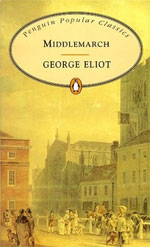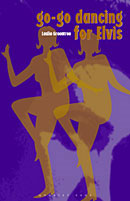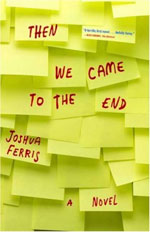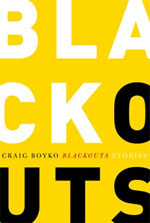
“Middlemarch” is deservedly considered a classic, and an exemplar of the art of the novel. Eliot takes on an immense amount thematically, does much of it justice and somehow manages to balance broad issues with in-depth, affecting and authentic portrayals of a captivating array of characters. While the central and some peripheral characters serve to further Eliot’s interest in social, political, gender, scientific and religious issues, all figures throughout the novel are etched as believable human beings, not just as one-dimensional symbols serving some more general purpose. There are no black-and-white heroes/heroines or villains, but all are presented as well-rounded individuals with strengths, weaknesses and foibles.
The chapter describing how incendiary gossip about two prominent figures spreads through the community and evolves into fact is a tour de force of plot momentum – acerbic, brilliant and exhilarating to read. In other words, Eliot’s mastery of theme and character do not at all mean that she gives plot short shrift.
While the ending sews up the fates of the main characters, there are surprises and debatable resolutions right to the very end. This book satisfies on so many levels, and sends the reader off with much about which to ponder.
“People glorify all sorts of bravery except the bravery they might show on behalf of their nearest neighbours.”









